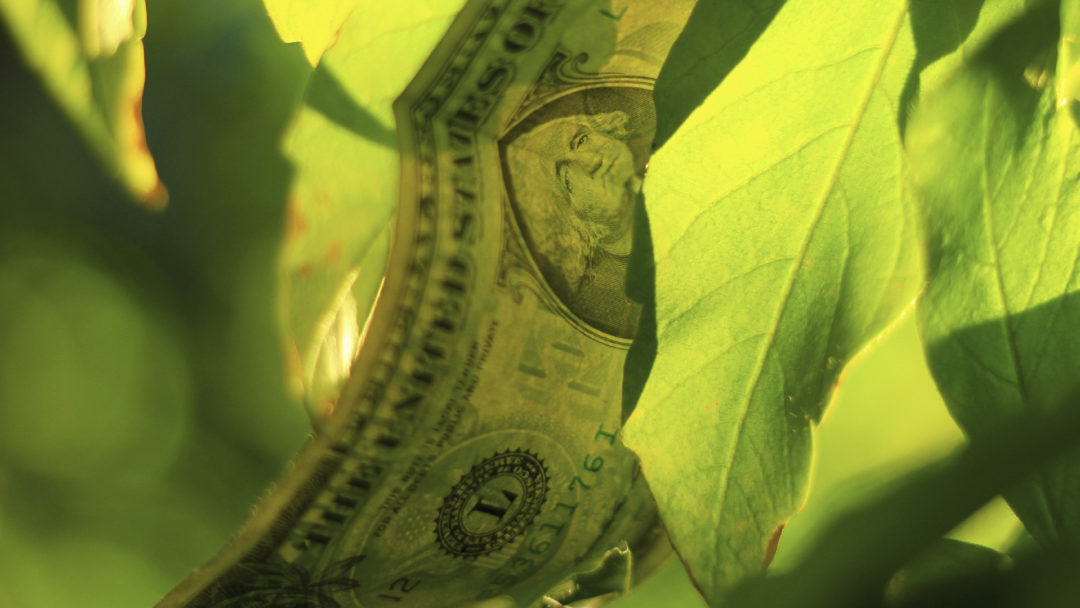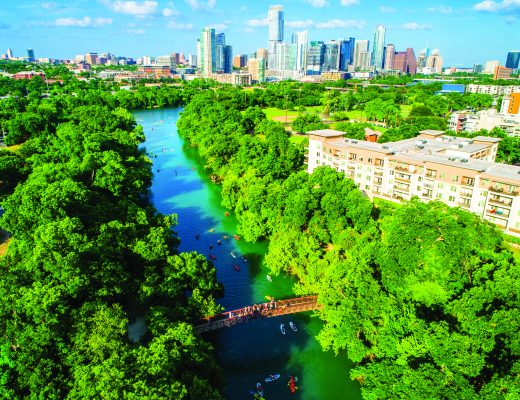The following is a guest post by the University of Florida’s senior vice president for agriculture and natural resources.
Tampa Bay saves tens of millions of dollars from its urban forest annually. Leafy canopies lower summer air conditioning costs; more shade means less work to maintain thousands of acres of grass, not to mention trees contribute to lower asthma rates and birth defects by removing air pollutants.
Cities such as Portland, New York City, Milwaukee, and Atlanta have all calculated the value of trees from pines and palms to olives and oaks.
One of the latest breakthroughs among city planners in recent decades has been the awareness that a city runs not just on engineering but on biology and ecology as well.
Tampa implemented this notion by moving its leading tree official, Kathy Beck, from the parks and recreation department onto its chief planning team. Tampa views trees as part of a green public works system, the living equivalent of roads and bridges. It’s what Beck calls “green meets gray.”
Tampa uses science as a basis for using trees in city infrastructure, protecting planners from partisanship, protest, and profit motives that may ordinarily arise.
University of Florida urban forester Rob Northrop is working with UF’s Institute of Food and Agricultural Sciences to plan what, where, and how many trees to plant.
To gain the most out of tree planting and maintenance costs, Tampa works with Northrop for information on which trees provide the greatest shade, which can be planted closest to sidewalks and parking lots without root growth obstructing pavement, and which species best withstand floods in a city already impacted by sea-level rise.
Additionally, the University of South Florida has begun mapping individual trees. So planners know, for example, that the live oak on the 4200 block of Willow Drive has a 38-inch diameter and a $453 annual payoff. By compiling an inventory of a city’s green infrastructure, policy makers can make more informed decisions on where to focus resources.
Just as the most used roads get a little more attention, key trees might be pruned or watered more often. The city assessed the health of trees that line its evacuation routes. This kind of information would have been valuable to transportation officials in the San Francisco area, for example, before a commuter train was recently derailed when it struck a fallen tree.
Northrop and other natural resource scientists see intrinsic value in trees. But he recognizes the tremendous economic pressures communities are under, so he and economists collaborate to calculate the costs and benefits.
The most recent study of Tampa’s trees estimated that they save the city $35 million a year in reduced costs for public health, stormwater management, energy usage, prevention of soil erosion, and other services.
But even within the forestry industry, Northrop is a rarity with his expertise in urban forestry. The Society of American Forestry didn’t start accrediting university programs in the discipline until 2005.
In coming years Florida and the nation will continue to grow and urbanize. One study suggests that in the next half century, seven million acres in Florida alone could convert from rural and natural to urban use. The push into formerly natural areas will bring with it more impacts on trees. At the same time, we’ll need trees more than ever to create and maintain livable cities.
Let’s love our trees. More than hugs, they need science. The quiet efforts of planners and scientists are our best options for green cities that inspire us to marvel year-round at the natural canopies above us and the ground beneath our feet.



